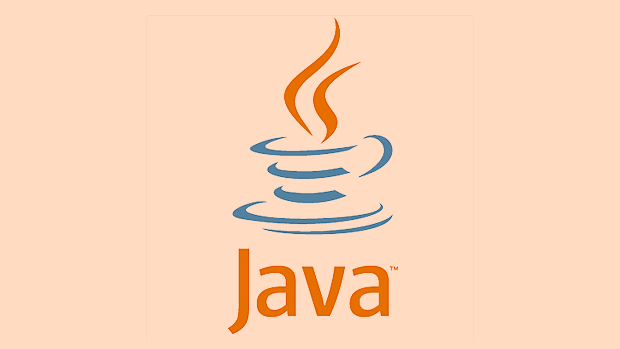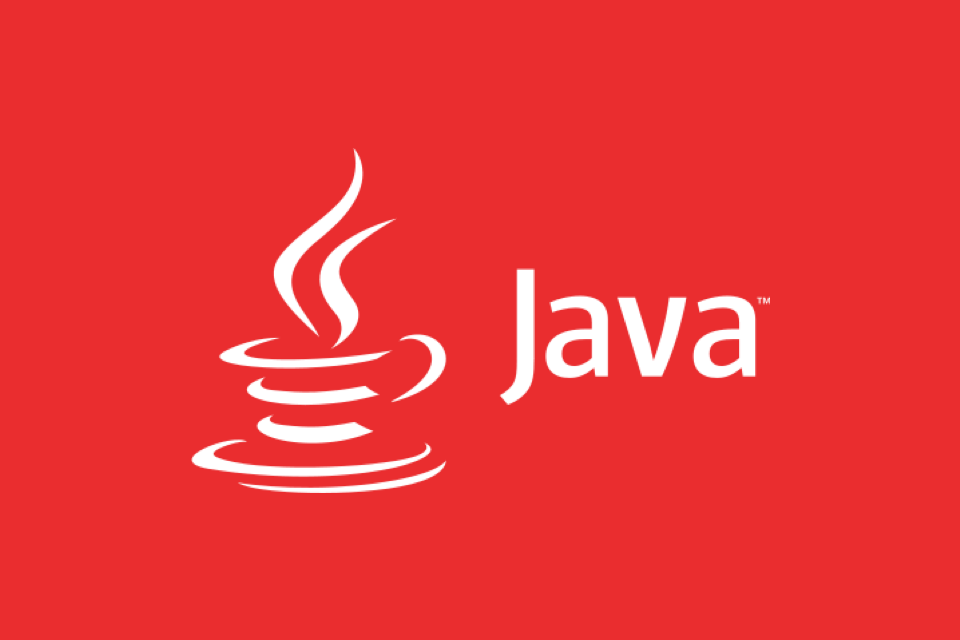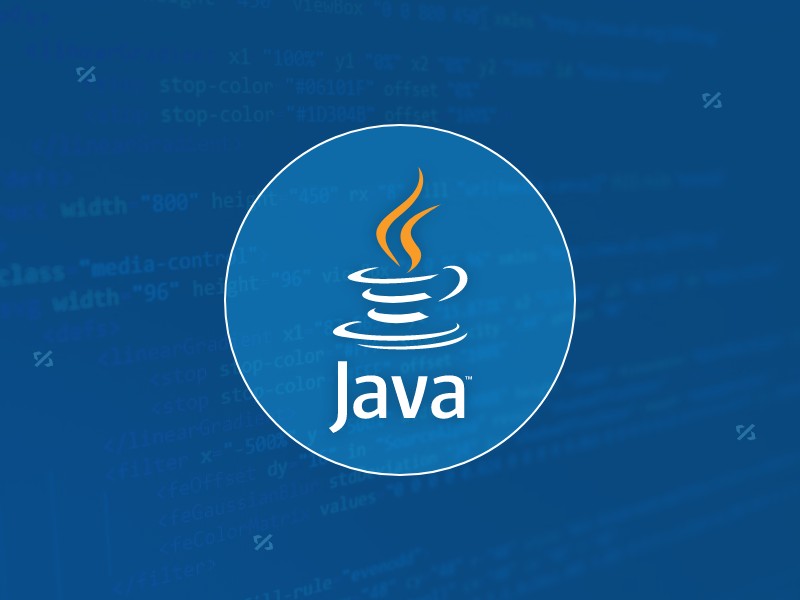Implementing Java Serialization and Deserialization
Jul 07, 2025 am 01:32 AMJava serialization is the process of converting an object into a byte stream for storage or transmission, while deserialization is the process of restoring an object. 1. Implement the Serializable interface to enable serialization; 2. Use ObjectOutputStream to write objects to a file or network; 3. Use transient keyword to exclude sensitive fields; 4. Define serialVersionUID to improve class version compatibility; 5. Deserialization requires ObjectInputStream and ensure that the class path exists; 6. Nested objects also need to implement Serializable; 7. Avoid deserializing untrusted data to prevent security risks. Note that native serialization performance is low, and it is recommended to use JSON or binary protocol instead in large-scale scenarios.

Java serialization and deserialization are very common in actual development, especially when you need to save the object state or transfer objects on the network. Simply put, serialization is to convert the object into a byte stream, and deserialization is to restore the byte stream to an object . If you are dealing with persistence or remote calls of Java objects, this step is almost inaccessible.

Let’s take a look at how to implement these two operations in Java, as well as some things to pay attention to.

What is Java serialization?
Java serialization refers to the process of converting a Java object into a sequence of bytes. This process can save the state of the object, such as writing to a file, transferring over the network, or storing it into a database. To implement serialization, the easiest way is to let the class implement the Serializable interface.
public class User implements Serializable {
private String name;
private int age;
//Constructor method, getter and setter omitted} Note: Serializable is a tag interface and there is no method to implement. It just tells the JVM that this class can be serialized.

How to serialize objects?
To truly turn an object into a byte stream, you need to use ObjectOutputStream . Usually we will write files with FileOutputStream :
User user = new User("Alice", 25);
try (ObjectOutputStream oos = new ObjectOutputStream(new FileOutputStream("user.ser"))) {
oos.writeObject(user);
} catch (IOException e) {
e.printStackTrace();
}Some things to note:
- If certain fields in the class do not require serialization (such as sensitive information), they can be modified with the
transientkeyword. - If the class structure changes (such as adding fields), deserialization may fail by default. Compatibility can be controlled by defining
serialVersionUID. - Static variables are not serialized because they belong to classes rather than objects.
Deserialization: How to restore an object from a byte stream?
With the user.ser file generated earlier, we can use ObjectInputStream to read the object back:
try (ObjectInputStream ois = new ObjectInputStream(new FileInputStream("user.ser"))) {
User user = (User) ois.readObject();
System.out.println(user.getName()); // Output Alice
} catch (IOException | ClassNotFoundException e) {
e.printStackTrace();
}Here are a few details to note:
- You must make sure that the deserialized class exists in the current classpath, otherwise
ClassNotFoundExceptionwill be thrown. - If you modify the class structure (such as delete a field), but want to be compatible with old data, remember to keep the same
serialVersionUID. - If other custom objects are nested in the object, these nested objects must also implement the
Serializableinterface.
FAQs and Suggestions
Why is the deserialized object value wrong?
Check whether thetransientfield is used, or whether the class structure has incompatible changes.Can we do serialization without implementing
Serializable?
Third-party libraries such as Gson, Jackson, or Protobuf can be used, but nativeSerializableis more suitable for local object persistence.How is the performance?
Java native serialization efficiency is not high, especially in large data volume or high-frequency network communication scenarios, it is recommended to consider alternatives.What should you pay attention to in terms of safety?
Don't deserialize untrusted data casually, because malicious code may be executed. Especially when receiving external input, be sure to make sure to perform checksum isolation.
In general, Java native serialization mechanisms, while simple to use, are limited in flexibility, performance, and security. It is sufficient for most internal systems or small-scale applications, but if performance requirements are high or cross-language support is required, you can consider JSON or binary protocols. Basically all this is it, it is not complicated to use but it is easy to ignore details.
The above is the detailed content of Implementing Java Serialization and Deserialization. For more information, please follow other related articles on the PHP Chinese website!

Hot AI Tools

Undress AI Tool
Undress images for free

Undresser.AI Undress
AI-powered app for creating realistic nude photos

AI Clothes Remover
Online AI tool for removing clothes from photos.

Clothoff.io
AI clothes remover

Video Face Swap
Swap faces in any video effortlessly with our completely free AI face swap tool!

Hot Article

Hot Tools

Notepad++7.3.1
Easy-to-use and free code editor

SublimeText3 Chinese version
Chinese version, very easy to use

Zend Studio 13.0.1
Powerful PHP integrated development environment

Dreamweaver CS6
Visual web development tools

SublimeText3 Mac version
God-level code editing software (SublimeText3)

Hot Topics
 How to iterate over a Map in Java?
Jul 13, 2025 am 02:54 AM
How to iterate over a Map in Java?
Jul 13, 2025 am 02:54 AM
There are three common methods to traverse Map in Java: 1. Use entrySet to obtain keys and values at the same time, which is suitable for most scenarios; 2. Use keySet or values to traverse keys or values respectively; 3. Use Java8's forEach to simplify the code structure. entrySet returns a Set set containing all key-value pairs, and each loop gets the Map.Entry object, suitable for frequent access to keys and values; if only keys or values are required, you can call keySet() or values() respectively, or you can get the value through map.get(key) when traversing the keys; Java 8 can use forEach((key,value)->
 Java Optional example
Jul 12, 2025 am 02:55 AM
Java Optional example
Jul 12, 2025 am 02:55 AM
Optional can clearly express intentions and reduce code noise for null judgments. 1. Optional.ofNullable is a common way to deal with null objects. For example, when taking values ??from maps, orElse can be used to provide default values, so that the logic is clearer and concise; 2. Use chain calls maps to achieve nested values ??to safely avoid NPE, and automatically terminate if any link is null and return the default value; 3. Filter can be used for conditional filtering, and subsequent operations will continue to be performed only if the conditions are met, otherwise it will jump directly to orElse, which is suitable for lightweight business judgment; 4. It is not recommended to overuse Optional, such as basic types or simple logic, which will increase complexity, and some scenarios will directly return to nu.
 How to fix java.io.NotSerializableException?
Jul 12, 2025 am 03:07 AM
How to fix java.io.NotSerializableException?
Jul 12, 2025 am 03:07 AM
The core workaround for encountering java.io.NotSerializableException is to ensure that all classes that need to be serialized implement the Serializable interface and check the serialization support of nested objects. 1. Add implementsSerializable to the main class; 2. Ensure that the corresponding classes of custom fields in the class also implement Serializable; 3. Use transient to mark fields that do not need to be serialized; 4. Check the non-serialized types in collections or nested objects; 5. Check which class does not implement the interface; 6. Consider replacement design for classes that cannot be modified, such as saving key data or using serializable intermediate structures; 7. Consider modifying
 Comparable vs Comparator in Java
Jul 13, 2025 am 02:31 AM
Comparable vs Comparator in Java
Jul 13, 2025 am 02:31 AM
In Java, Comparable is used to define default sorting rules internally, and Comparator is used to define multiple sorting logic externally. 1.Comparable is an interface implemented by the class itself. It defines the natural order by rewriting the compareTo() method. It is suitable for classes with fixed and most commonly used sorting methods, such as String or Integer. 2. Comparator is an externally defined functional interface, implemented through the compare() method, suitable for situations where multiple sorting methods are required for the same class, the class source code cannot be modified, or the sorting logic is often changed. The difference between the two is that Comparable can only define a sorting logic and needs to modify the class itself, while Compar
 Java method references explained
Jul 12, 2025 am 02:59 AM
Java method references explained
Jul 12, 2025 am 02:59 AM
Method reference is a way to simplify the writing of Lambda expressions in Java, making the code more concise. It is not a new syntax, but a shortcut to Lambda expressions introduced by Java 8, suitable for the context of functional interfaces. The core is to use existing methods directly as implementations of functional interfaces. For example, System.out::println is equivalent to s->System.out.println(s). There are four main forms of method reference: 1. Static method reference (ClassName::staticMethodName); 2. Instance method reference (binding to a specific object, instance::methodName); 3.
 How to handle character encoding issues in Java?
Jul 13, 2025 am 02:46 AM
How to handle character encoding issues in Java?
Jul 13, 2025 am 02:46 AM
To deal with character encoding problems in Java, the key is to clearly specify the encoding used at each step. 1. Always specify encoding when reading and writing text, use InputStreamReader and OutputStreamWriter and pass in an explicit character set to avoid relying on system default encoding. 2. Make sure both ends are consistent when processing strings on the network boundary, set the correct Content-Type header and explicitly specify the encoding with the library. 3. Use String.getBytes() and newString(byte[]) with caution, and always manually specify StandardCharsets.UTF_8 to avoid data corruption caused by platform differences. In short, by
 How to parse JSON in Java?
Jul 11, 2025 am 02:18 AM
How to parse JSON in Java?
Jul 11, 2025 am 02:18 AM
There are three common ways to parse JSON in Java: use Jackson, Gson, or org.json. 1. Jackson is suitable for most projects, with good performance and comprehensive functions, and supports conversion and annotation mapping between objects and JSON strings; 2. Gson is more suitable for Android projects or lightweight needs, and is simple to use but slightly inferior in handling complex structures and high-performance scenarios; 3.org.json is suitable for simple tasks or small scripts, and is not recommended for large projects because of its lack of flexibility and type safety. The choice should be decided based on actual needs.
 Outlook shortcut for new email
Jul 11, 2025 am 03:25 AM
Outlook shortcut for new email
Jul 11, 2025 am 03:25 AM
How to quickly create new emails in Outlook is as follows: 1. The desktop version uses the shortcut key Ctrl Shift M to directly pop up a new email window; 2. The web version can create new emails in one-click by creating a bookmark containing JavaScript (such as javascript:document.querySelector("divrole='button'").click()); 3. Use browser plug-ins (such as Vimium, CrxMouseGestures) to trigger the "New Mail" button; 4. Windows users can also select "New Mail" by right-clicking the Outlook icon of the taskbar






